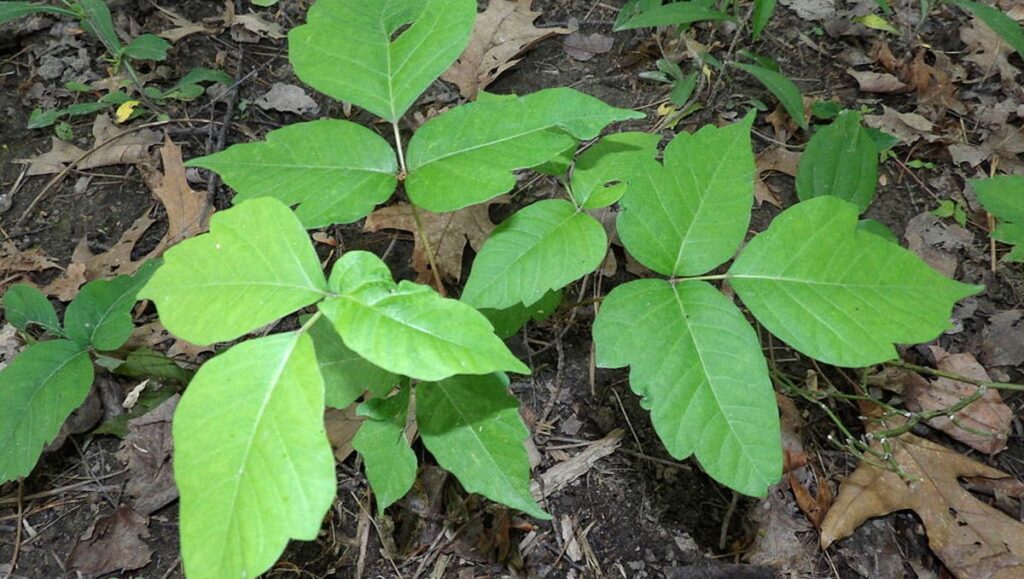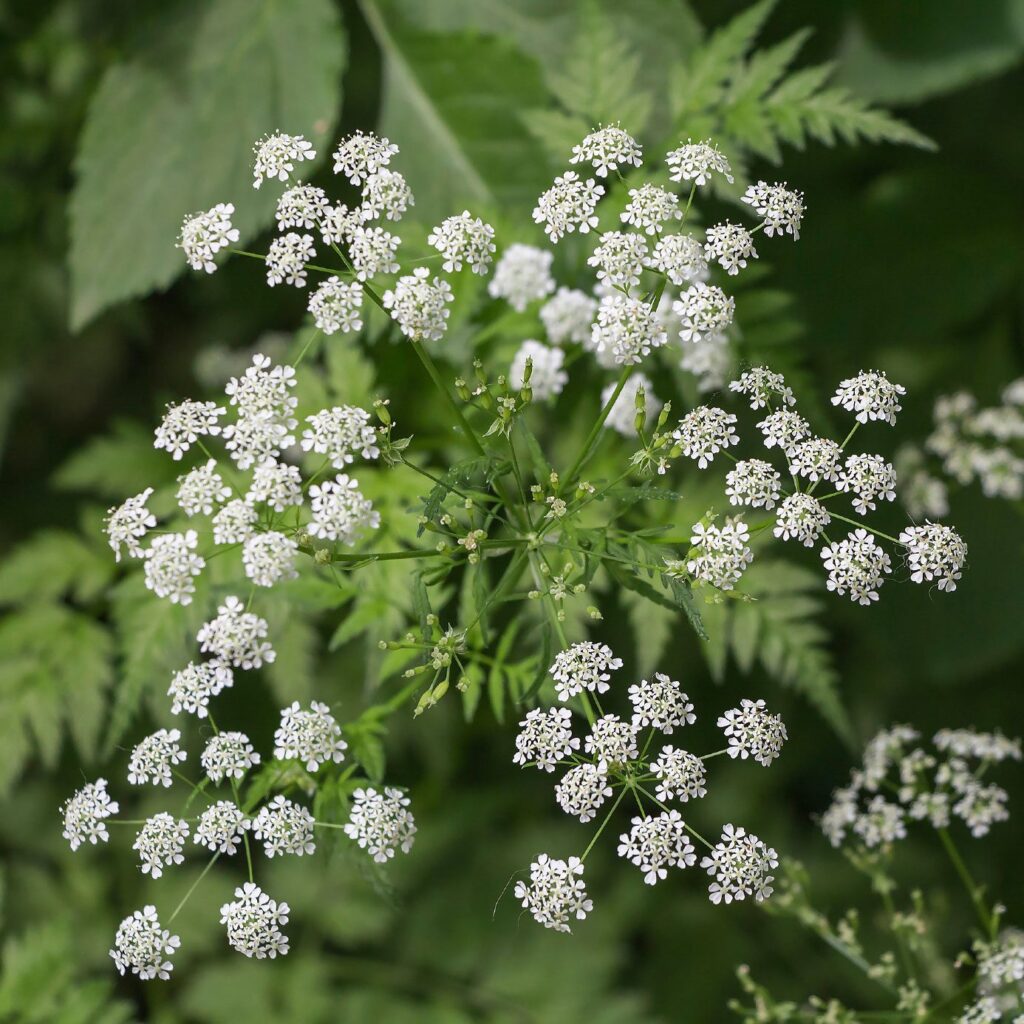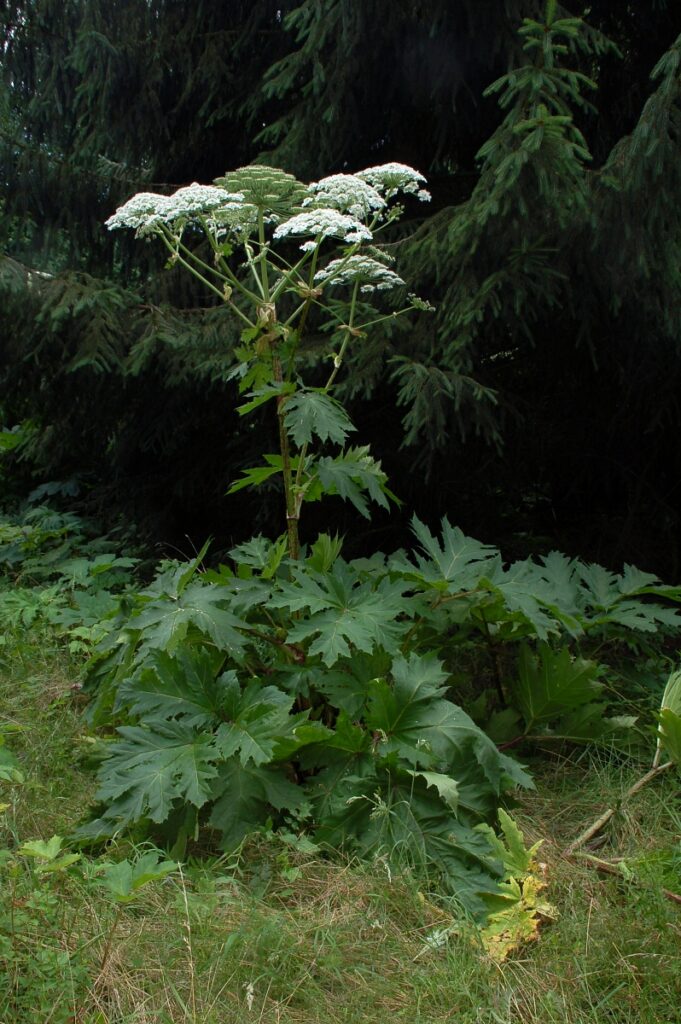What To Avoid on Your Walk
We’ve talked about what plants to avoid keeping in your home, and now that nicer weather is upon us, it’s time to talk about plants you should watch out for while you’re out on a walk.

Pastinaca sativa – Wild Parsnip
Wild parsnip commonly grows in large patches, or as scattered plants along roadsides, public recreation areas, sports fields, pastures, fence rows and open areas. You should exercise caution as it only takes three leaves to kill a large dog or child. The roots are so toxic that drinking the water around a wild parsnip plant can be lethal.
Symptoms may include but are not limited to,
• Diarrhea
• Weakness
• Nervousness
• Agitation
• Vomiting
• High body temperature
• Blue tint to mucous membranes
• Depression
• Tremors
• Lack of reflexes
• Large pupils
• Drooling
• Bloat
• Difficulty breathing
• Dehydration
• Heartbeat irregularities
• Respiratory failure
• Seizures
• Convulsions
• Coma
• Death
Experts in the US believe Wild Parsnip to be among the deadliest of plants. Consumption of this plant is almost always fatal, time is of the essence. If you suspect your dog has gotten into this plant, bring them to the vet immediately.
Urtica dioica – Stinging Nettle

Nettles thrive in damp, nitrogen-rich soil; look for it in full-sun to partially shaded areas with well fertilized dirt. The plant easily forms large colonies in orchards, farmyards, old pastures, ditches, and waste places.
Symptoms of ingesting or coming into contact with stinging nettle may include but are not limited to,
• Redness of the skin
• Swelling of the skin
• Intense itching and burning
• Vomiting
• Drooling
• Diarrhea
• Pawing at the mouth
• Labored breathing
• Loss of coordination
• Dilated pupils
• Twitching muscles
• Death
Fortunately, most cases of stinging nettle poisoning result in dermatitis only. If this is the case, a gentle washing of the skin, and sometimes a light scraping of the skin’s surface is all the treatment needed, however if symptoms persist or worsen, seek veterinary care. If you suspect that your pet has ingested any of the plant, bring them to the vet immediately.
Phytolacca americana – American Pokeweed

Pokeweed is a native plant which occurs in meadows, edges of woods and waste areas.
If your dog has ingested pokeweed symptoms may include but are not limited to,
• Drooling
• Vomiting
• Diarrhea – sometimes bloody
• Abdominal pain
• Anemia
• Seizures
• Respiratory distress
• Stomach inflammation
• Intestine inflammation
• Loss of appetite
• Hypotension
• Death
If you witness or suspect your animal has ingested the pokeweed plant, seek veterinary help as soon as possible. Do not induce vomiting unless a doctor or poison control instructs you to. Doing so can risk chemical aspiration.
Rhus radicans – Poison Ivy

Poison Ivy commonly grows along the forest edge, in meadows, forest openings and trails.
Urushiol, if ingested by a dog, can poison your fur baby. However, this is considered a mild toxin, and will usually not cause a serious health issue.
Symptoms could include but are not limited to,
• Vomiting
• Diarrhea
The biggest threat is dehydration. Dogs are less likely to contract the skin irritation caused by the sap, thanks to those beautiful coats. Their hair keeps the oil off their skin, but not off of yours! Give them a quick rub with a dry towel to prevent spread.
Conium maculatum – Poison Hemlock

Poison hemlock is often found on roadsides, in waste areas, and near fences. It can intermingle with harmless plants in pastures and crops, making this plant particularly dangerous to livestock. Hemlock poisoning occurs after ingesting any part of the plant such as the seeds, flowers, leaves or fruits.
Symptoms can appear anywhere between 30 minutes to hours after ingesting the plant and may include but are not limited to,
• trembling
• burning in the digestive tract
• increased salivation
• dilated pupils
• muscle pain
• muscle weakness or muscle paralysis
• rapid heart rate followed by a decreased heart rate
• convulsions
• unconsciousness or coma
Although the plant is violently toxic, the likelihood that your dog will try to eat this plant is low.
Heracleum mantegazzianum – Giant Hogweed

Originally an ornamental plant from Asia, giant hogweed is a perennial, invasive weed and member of the carrot or parsnip family, which also includes the widely known wild parsnip, Queen Anne’s Lace and Poison Hemlock. It blooms from May to July.
If your dog comes into contact with giant hogweed sap, with in the first few hours, skin will be itchy and red, progressing to more severe symptoms within 12 – 48 hours when exposed to UV rays. Which include but are not limited to,
• Redness and itching
• Black scars that can last for years
• Photosensitization (ulcerative and exudative dermatitis)
• Blindness if sap comes in contact with the eyes
• Blistering rash that is very painful within two days
• Light sensitivity in skin that is affected (could last for years)
Keep your eyes on your pet and be aware of what’s around you while enjoying your walk. Pay extra attention if hiking through wooded or untamed areas; if possible, stick to the trails!
